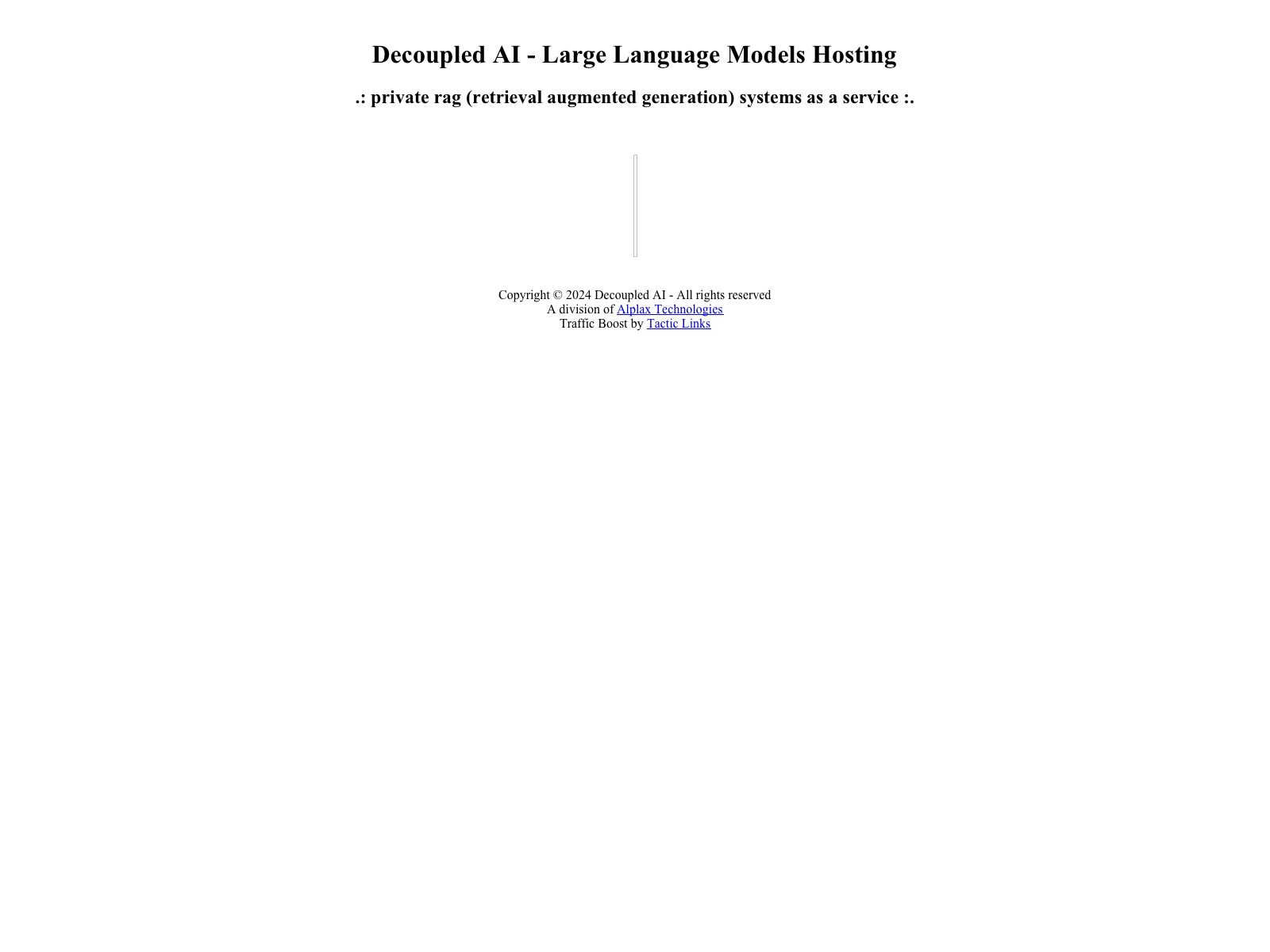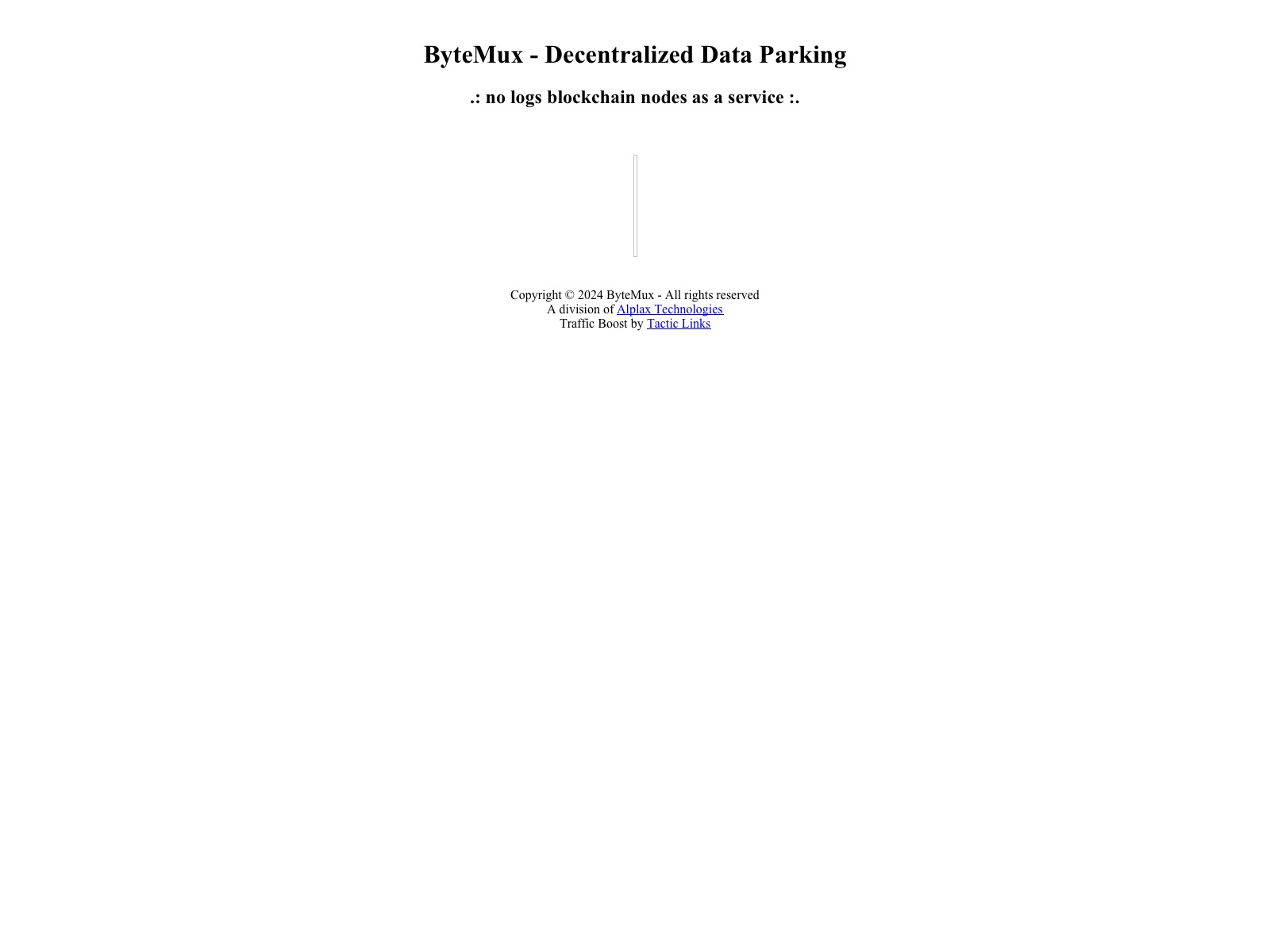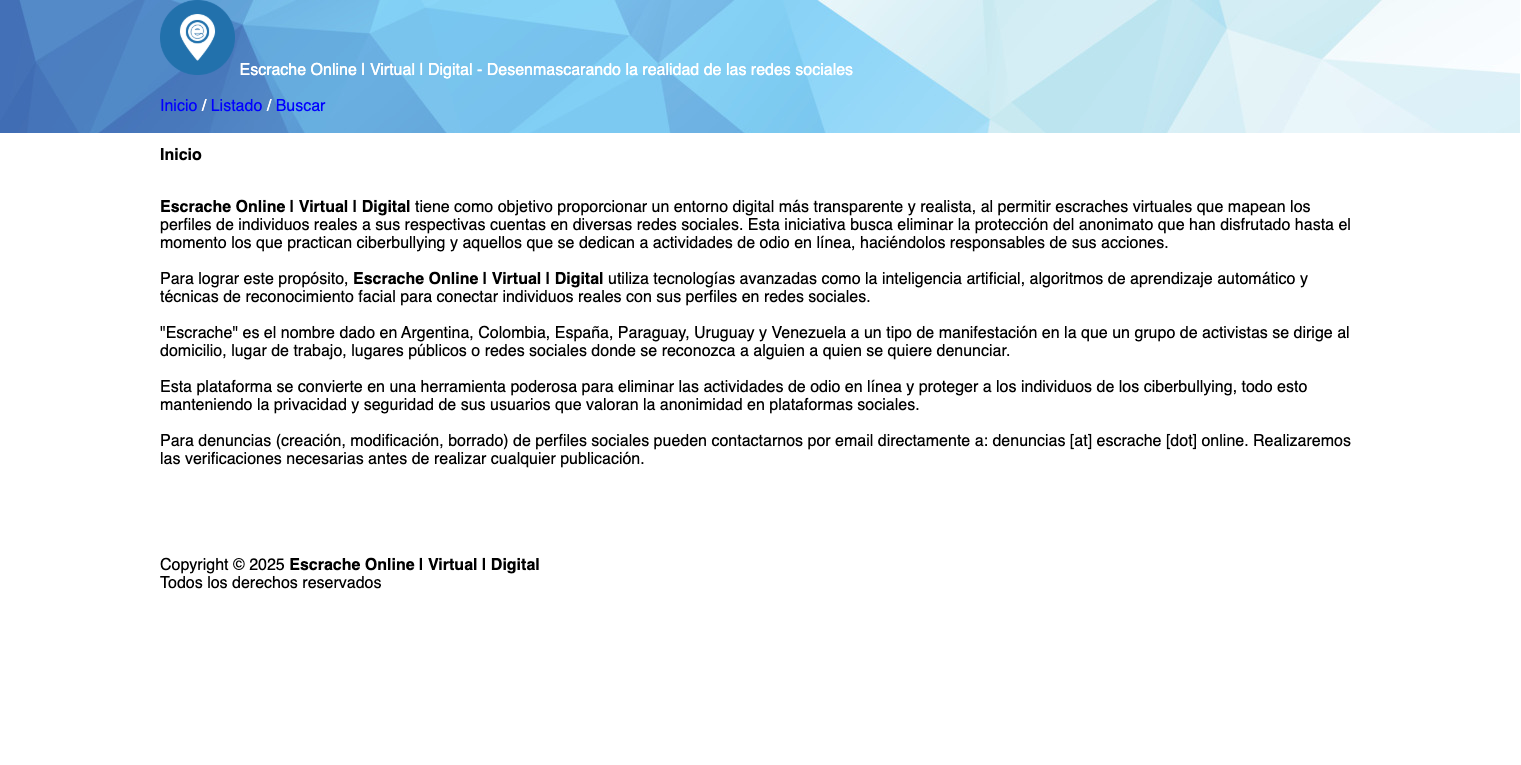Tactic Links - Organic Traffic Booster - Home
|
Path: Home |
Home | About | List | Rankings | Search | Submit |
|
Tactic Links, intelligent website connections and robots favourite location. Who, What, When, Where and Why: Perhaps we'd better start from the beginning. The Internet is a global network system of interconnected computer networks that exchange data through packet switching using the standardized Internet Protocol Suite (TCP/IP). It consists of millions of private and public, academic, business, and government networks of local to global scope that are connected via copper wires, fiber-optic cables, wireless connections, and other technologies. The Internet facilitates various information resources and services like electronic mail, online chat, file transfer and sharing, online gaming, the World Wide Web (WWW), and more. |
|
A website, also known as a web site or Web site, is a collection of related pages hosted on one or more web servers that are accessible via the Internet. These web pages consist of text, images, videos, and other digital assets and are typically written in HTML and accessed through HTTP. All publicly accessible websites make up the "World Wide Web." Websites can be accessed from a common root URL called the homepage and are organized hierarchically via their URLs. Hyperlinks control how readers perceive the overall structure of a website and influence traffic flow between different parts of the site. Some websites require subscription to access certain content, making them technically Intranet sites. Hyperlinks provide direct access from one distinctively marked place in a hypertext or hypermedia document to another in the same or a different document. Often abbreviated as "link," hypertext is a form of text found on websites that offers functionality beyond simple text documents by enabling readers to explore interesting links related to specific words or images within a page. Web traffic refers to the amount of data sent and received by visitors to a website, which is a significant portion of Internet traffic. Sites monitor incoming and outgoing traffic to identify popular pages and trends. Monitoring web traffic helps structure sites, highlight security issues, and indicate potential lack of bandwidth. Some companies offer advertising schemes in exchange for increased web traffic, while others aim to increase traffic through search engine inclusion and optimization. Search engine optimization (SEO) is the process of editing and organizing website content and HTML coding to increase its relevance to specific keywords on search engines. This is done to achieve higher organic search listings and drive targeted traffic from search engines. SEO considers how search engines work and what people search for, primarily focusing on site structure, content optimization, and HTML coding adjustments. There are two types of SEO techniques: white hat (search engine friendly) and black hat (spamdexing or deceptive practices). White hat techniques focus on improving website relevance to search engines, while black hat techniques aim to manipulate search results and user experiences. Search engines actively remove websites that use black hat techniques from their indices. In summary, the Internet is a vast network of interconnected computer networks, facilitating various information resources and services like the World Wide Web (WWW) and search engines. A website is a collection of related web pages hosted on one or more web servers and accessible via the Internet. Websites can be optimized for search engines using white hat SEO techniques to improve their visibility in search results, increase traffic, and enhance user experiences. The term 'Search engine friendly' refers to a website that has been search optimised. Tactic Links, organic optimizer, welcomes human users and web crawler bots, enjoy !!! |
|
HIGHSPOTS | |
 tacticlinks.com | |
 decoupled.ai | |
 bytemux.io | |
 3e9.me | |
 lhapsus.xyz | |
 escrache.org | |
 greenpeace.org |
Traffic Boost by Tactic Links
[took: 118 ms]